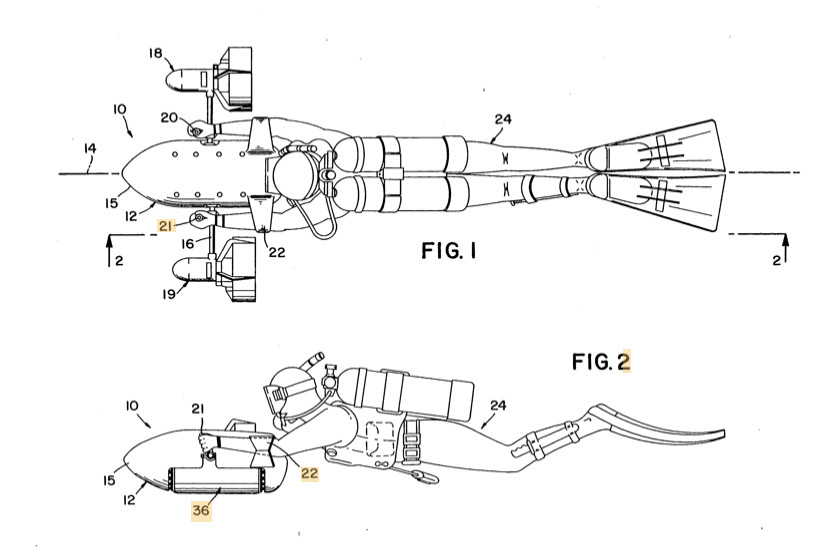James Cameron
James Cameron is best known as an Oscar-winning film director with massive box-office hits such as “Aliens” (1986), “Titanic” (1997), and “Avatar” (2009). Cameron’s most celebrated film, “Titanic,” was the first movie to earn more than one billion dollars and he took home Academy Awards for Best Director, Best Film Editing, and Best Picture. Although best known as a filmmaker, Cameron is also a deep-sea explorer, and inventor of cutting-edge film technology.
James Cameron was born on August 16, 1954 in Kapuskasing, Ontario, Canada. His father, Philip, was an electrical engineer, and his mother, Shirley, was an artist and nurse. As a child, Cameron was fascinated by science and technology. After seeing an exhibit on submarines at the Royal Ontario Museum in Toronto, Cameron became enthralled with Dr. Joe MacInness, a Canadian underwater explorer, and Don Walsh, the first person to dive to the deepest part of the ocean. These childhood idols would later inform his filmmaking and inventive thinking.
When he was 17, Cameron’s family moved from Canada to Brea, California. In 1973, Cameron enrolled in Fullerton College to study Physics, but he dropped out in 1974. He took on various jobs such as a janitor and truck driver while studying special effects and film technology at local libraries. After seeing the innovative “Star Wars” movie in 1977, Cameron decided to pursue a career in the film industry.
Cameron made his first film in 1978, a science-fiction movie called “Xenogenesis.” This early film opened doors into various roles in production at New World Pictures in the early 1980s. His breakthrough came in 1984 when he wrote and directed “The Terminator,” a science-fiction story about a robot from the future.

Cameron’s fascination with underwater exploration continued while he made box-office hits like “Titanic” and “Avatar.” He contributed greatly to advancements in underwater filming and remotely-operated vehicles. In 1991, Cameron was granted U.S patent number 4996938 for an apparatus that propels a person in an underwater environment. The diving suit allows a camera operator to move easily through the water by the attachment of propellers to a dolly. This invention improves the filming of underwater scenes. Cameron’s 2009 film, “Avatar,” revolutionized cinema from a technological standpoint. It was created with a mix of live-action footage and computer-generated animation, using an advanced version of the performance capture technique.
Inspired by his childhood heroes, in 2012, he partnered with National Geographic to reach the deepest part of the ocean. He successfully reached the Challenger Deep in the Pacific Ocean’s Mariana Trench, in a vessel known as the Deep Sea Challenger.
Cameron continues to blend his interest in science and technology with environmental sustainability practices. Since the 2010s, he has been working to transform his production company into a “green” practice by installing solar panels. He hopes to make the “Avatar” sequels completely solar-powered, a first in history for films!


